

Feeding relationships are often shown as simple food chains – in reality, these relationships are much more complex, and the term ‘food web’ more accurately shows the links between producers ...
READ MORE
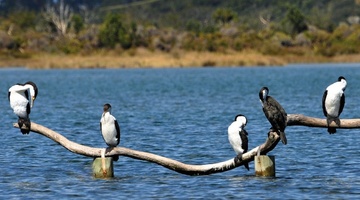
Biodiversity is short for biological diversity. It refers to the number and variety of living things (animals, plants or microorganisms) found within a particular area. There are complex ...
READ MORE
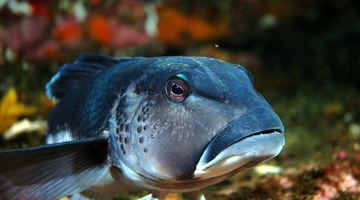
Cath Battersby Ever since I started working for the Science Learning Hub, I wanted to create a series of articles about the marine environment. In 2009, I was lucky enough to visit Portobello ...
READ MORE
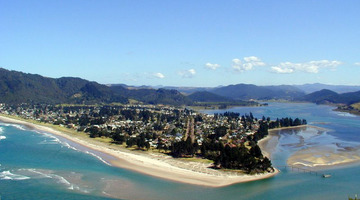
In this activity, students discuss how a variety of everyday objects can serve as metaphors for the important characteristics and functions of estuaries. By the end of this activity, students ...
READ MORE

In this activity, students take on the role of a stakeholder in New Zealand fisheries. In their role, they decide whether they agree or disagree with the statement ‘there are plenty of fish in ...
READ MORE

In this activity, students play a card game that models the journey of a male pea crab (a parasite of green-lipped mussels) from his mussel host and back again. Purpose This activity will help ...
READ MORE
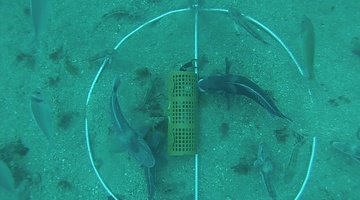
Come and visit Aotearoa New Zealand’s underwater world in this online citizen science project. Discover, count and identify unique fish species that live within our marine reserves ...
READ MORE
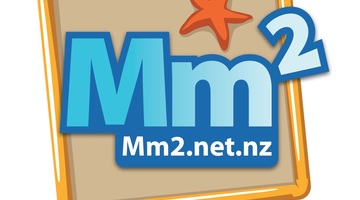
Marine Metre Squared is a New Zealand citizen science project that supports communities to monitor their local seashore. The project has been designed to provide meaningful, valid environmental ...
READ MORE

iNaturalist logs hundreds of thousands of photos of flora, fauna and fungi. There are even sound recordings too. Each is described and geo located. iNaturalist is used by citizens and scientists ...
READ MORE
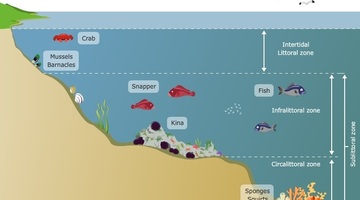
The rocky shore is a popular topic in primary school science. Below are some Science Learning Hub resources for primary teachers related to the rocky shore in the Living World strand of the New ...
READ MORE

Aotearoa New Zealand is fortunate to have a huge diversity of marine habitats and an extensive coastline – about 15,000 km in length! More than 75% of the population lives within 10 km of the ...
READ MORE
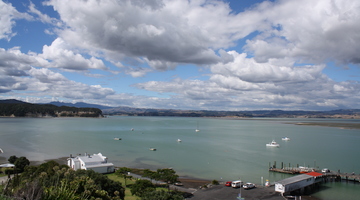
With 75% of New Zealanders living within 10 km of the coast, many students will be familiar with estuaries. In scientific terms, estuaries are the interface between the land and the sea – the ...
READ MORE
In this video, Associate Professor Stephen Wing, from the University of Otago, talks about how our understanding of food webs has changed over the years. We now have a much better understanding ...
READ MORE
Paul McNabb of the Cawthron Institute in Nelson explains how they got involved with the dog deaths on Auckland beaches. He takes us on the journey the scientists went through to identify what ...
READ MORE
Andrew Swales and Weno Iti from NIWA take a core sample in an estuary in Kawhia. Sediment cores can show changes in estuarine ecology over hundreds of years, giving scientists an idea of the ...
READ MORE
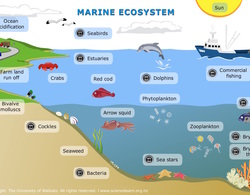
Explore this interactive diagram to learn more about life in the sea. Click on the different labels to view short video clips or images about different parts of the marine ecosystem. Select here ...
READ MORE
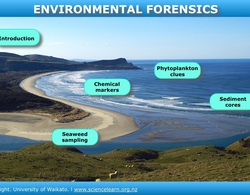
Dr Candida Savage explains the clues she collects in estuaries and fiords, to understand how changes in land use affect these environments. Click on the labels to watch the videos for more ...
READ MORE
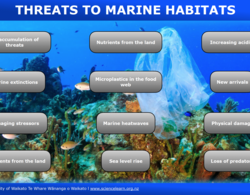
Human actions at sea and on land are putting increasing pressure on the ocean and the species that live there.
READ MORE